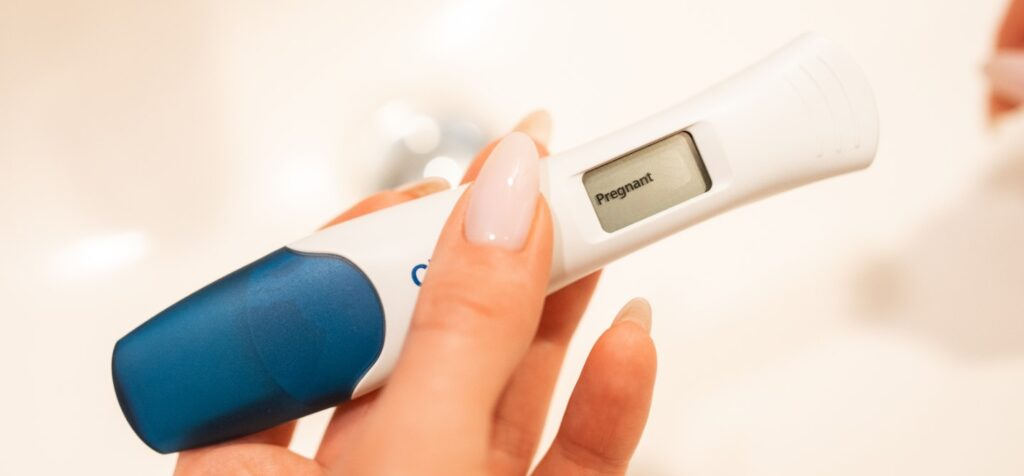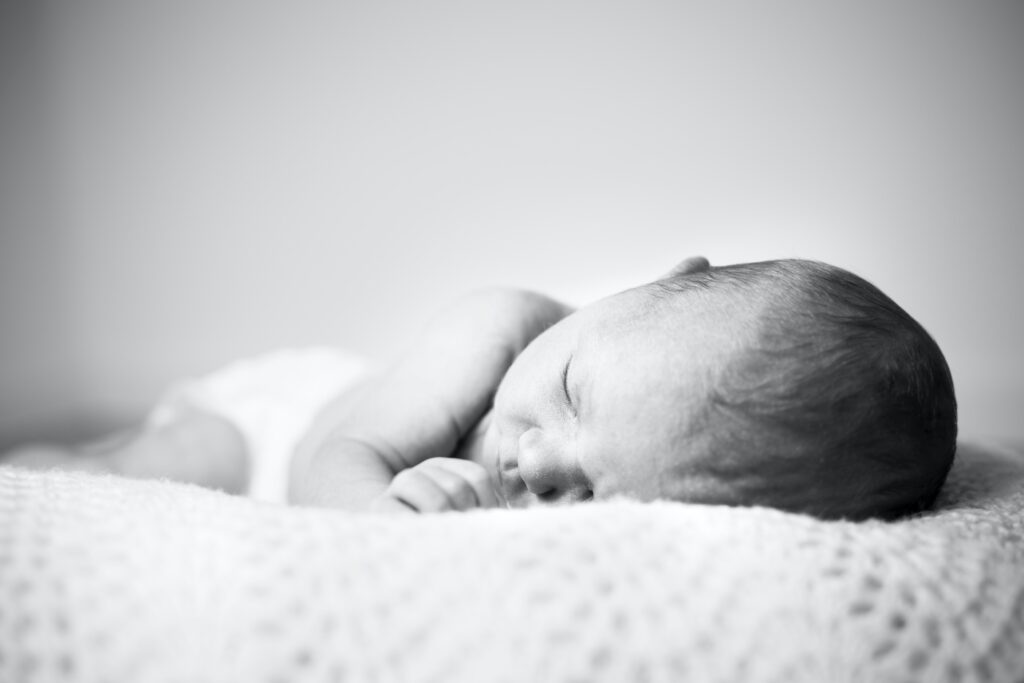As a parent, one of the most important things you can do for your child is to ensure their safety. When it comes to traveling in a car, this means using a car seat. In India, where traffic can be unpredictable and roads can be congested, car seats are especially important for newborns. In this post, we’ll explore the importance of car seats for newborns in India, including popular car seat brands and safety standards. We’ll also discuss the benefits of rear facing and using car seats on flights, and compare the pros and cons of infant bucket seats, travel systems, and convertible car seats.
Car seats are important for newborns in India because they provide increased safety and protection in the event of a car accident. According to the National Crime Records Bureau, over 1.51 lakh people died in road accidents in India in 2018. Using a car seat can significantly reduce the risk of injury or death for your child in the event of a crash. Indian laws require that children under the age of four be secured in a child restraint system while traveling in a car, so it’s important to choose the right car seat for your newborn.
Types of Car Seats
There are different types of car seats available for newborns, including infant bucket seats, travel systems, and convertible car seats. Infant bucket seats are designed for newborns and can be easily removed from the car and carried around. Travel systems combine an infant bucket seat with a stroller, making it easier to transport your child. Convertible car seats can be used for both rear and forward-facing positions, making them a good investment for the long term. Each type of car seat has its pros and cons, and it’s important to choose one that fits your lifestyle and budget. Later in this post, I share some of my favourite car seats that are currently available in India.
Car Seat Safety Standards
In India, car seats are not currently required to meet any specific safety standards. When it comes to safety standards for car seats, there are two main standards that are widely recognized: the European safety standards and the United States’ Federal Motor Vehicle Safety Standards (FMVSS). While both standards prioritize the safety and well-being of children, there are some key differences between the two.
One major difference is that the European safety standards have more stringent requirements for side-impact protection than the FMVSS. This means that car seats that meet European standards may provide better protection in the event of a side-impact crash. Additionally, the European standards require car seats to pass more rigorous testing before they are approved for use, which can provide additional assurance to parents about the safety and reliability of the product.
On the other hand, the FMVSS includes requirements for car seat anchorage systems, which can help ensure that car seats are properly secured in the vehicle. This can be especially important in the event of a crash, as a poorly secured car seat may not provide adequate protection for your child. Ultimately, both European and US safety standards prioritize the safety and well-being of children, and choosing a car seat that meets either standard can provide peace of mind for parents.
One important feature to consider when choosing a car seat is the presence of a chest clip. A chest clip is a small, plastic clip that is attached to the harness straps of the car seat, and is designed to sit at the level of the child’s armpits.
The purpose of the chest clip is to keep the harness straps in the correct position on the child’s shoulders. If the straps are too loose or too high on the child’s shoulders, there is a risk that the child could be ejected from the car seat in the event of a crash. The chest clip helps to keep the straps in place and prevent this from happening.
It’s important to note that the chest clip should be used in addition to properly adjusted harness straps, not as a replacement for them. The harness straps should be snug and adjusted to fit the child’s body, and the chest clip should be positioned at the level of the child’s armpits. Note that US safety standards require a chest clip to be present in all car seats.
Benefits of Rear Facing
Rear facing is when the car seat is installed to face the rear of the car. This is the recommended position for newborns and infants because it provides the best protection for their developing bodies. In a rear-facing position, the car seat absorbs the force of a crash and distributes it across the baby’s entire body, reducing the risk of injury to the head, neck, and spine. It is recommended to keep your child in a rear-facing car seat for as long as possible, ideally until they reach the age of 2 or until they reach the maximum weight and height limit for the car seat.
Using Car Seats on Flights
Using a car seat on a flight can provide increased safety and comfort for your child. Many airlines allow you to bring a car seat on board, and some even offer special seats for infants and young children. Using a car seat can help your child stay secure during takeoff, turbulence, and landing, and can also provide a familiar and comfortable seat for them to sit in during the flight. When using a car seat on a flight, it’s important to make sure the seat is approved for air travel and that it fits properly in the airplane seat.
Car Seats that we recommend:
Graco 3 in 1 Extend2Fit is an ISOFIX-compatible car seat that allows your child to rear face for much longer. It has a height and weight limit that is generous enough for you to use it for your child for 4-5 years.
The Doona Car Seat and Travel System is the only convertible car seat that also latches into a pram. It is also foldable so you can carry it around easily and use it in cabs when you’re out and about with your child.
Chicco Goody Plus stroller and the Chicco Kaily Travel System: this is a good travel system because the Goody Plus stroller folds compactly into cabin-baggage size. But the car seat is always out of stock so you may have better luck with our next option:
The Graco LiteRider LX Baby Stroller & Car Seat Travel System is one that I have personally used for both my kids. It’s super easy to click into your car as well as your stroller. The stroller is lightweight and folds compactly enough to fit into your boot. You will be able to effortlessly take your infant around safely. I have also travelled with this car seat and strapped this car seat into airplane seats both for domestic flights as well as international flights. It even fits into narrow Indigo seats. Highly recommended.
Conclusion
Choosing the right car seat for your newborn is an important decision that can have a significant impact on their safety and well-being. By understanding the different types of car seats, popular car seat brands, and safety standards, you can make an informed decision that will keep your child safe and secure while traveling in a car. Additionally, choosing to keep your child in a rear-facing car seat for as long as possible and using a car seat on flights can provide added protection and comfort for your child. Remember, the most important thing you can do for your child is to prioritize their safety, and choosing the right car seat is a crucial part of that.



